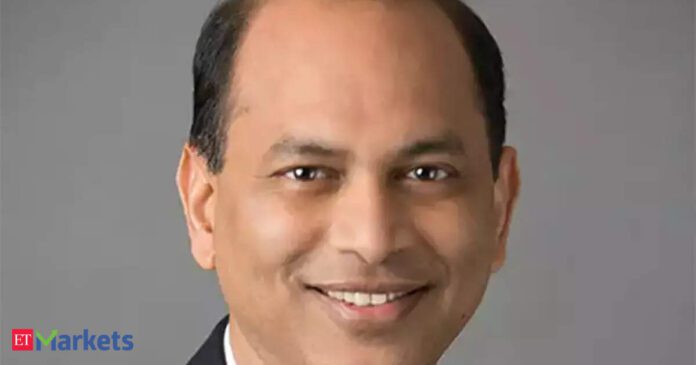https://img.etimg.com/thumb/msid-123563785,width-1200,height-630,imgsize-16180,overlay-etmarkets/articleshow.jpg
Speaking to ET Now, Singhania said Indian IT, despite its global strengths, faces slowing growth and structural challenges. “With growth at 3-5%, it is difficult to justify PE multiples of 25-27. On top of it, global capability centres are reducing dependence on outsourcing, and AI is beginning to have a near-term impact,” he observed. He added that while IT services remain under pressure, investor interest is shifting to new-age technology firms, including platform and D2C companies, though Abakkus continues to stay away from loss-making businesses due to its value-driven philosophy.
On broader allocations, Singhania remains optimistic about banks and financial services, though he cautioned against expecting the 18-20% credit growth rates of the past. “With GDP growth at 6.5-7%, credit growth of 10-11% is realistic. Investors should be content with 14-15% returns from quality banks and NBFCs. Insurance, wealth management and asset management also present strong opportunities,” he said.
Capex and manufacturing future growth drivers
He also pointed to consumption as an area of interest, though with a word of caution. “Staples have rallied 10-15% recently, but they are still trading at 50-70x PEs despite 2-5% growth. With GST cuts and income tax relief adding liquidity, there will be some uptick in consumption, but valuations remain a concern,” he noted.
Looking ahead, Singhania sees capex and manufacturing as inevitable growth drivers. “India cannot aspire to be a $7-10 trillion economy without manufacturing and capex. While export-oriented sectors may temporarily slow down due to global tariff uncertainties, long-term prospects for capital goods and power remain strong,” he said.
Pharma too, according to him, offers “decent opportunities,” especially on corrections. “It’s a good time for investors to start building positions,” he added.
Singhania believes the market correction offers selective opportunities, but return expectations must be moderated. “Investors must align with mid-teen returns. Extraordinary returns of 30-40% CAGR, as seen in 2020-24, will not repeat. In this environment, discipline and valuation-conscious investing are key,” he said.

